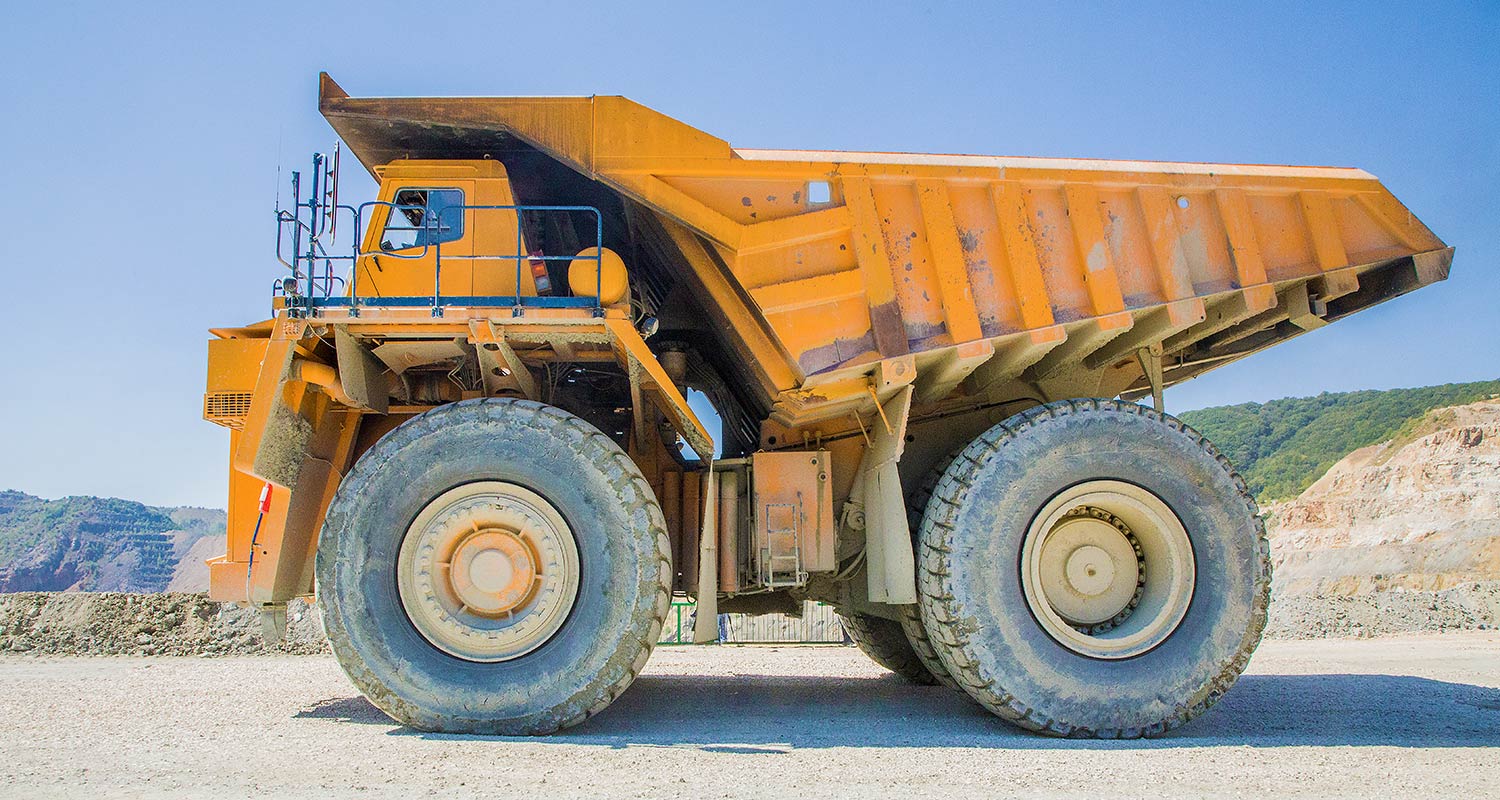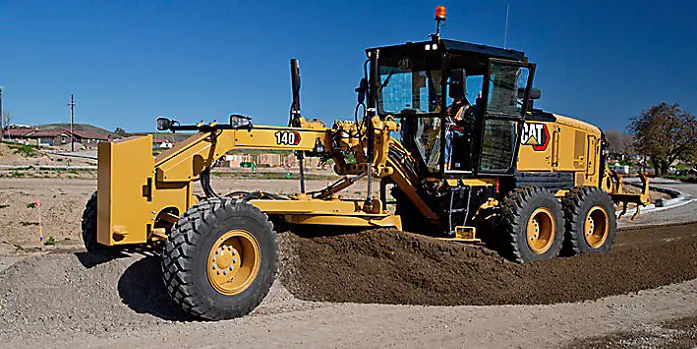Top Construction Equipment Rental Company: Locate Heavy Equipment Rental Near Me
Top Construction Equipment Rental Company: Locate Heavy Equipment Rental Near Me
Blog Article
Comprehending the Cost-Effectiveness of Leasing Devices for Short-Term Projects
In the world of job management, the sensible allocation of resources is paramount to achieving effective end results within financial constraints. When considering short-term tasks that call for specific equipment, the choice to buy or lease claimed equipment can significantly influence the task's cost-effectiveness. Aspects such as use frequency, maintenance prices, and devaluation rates enter into play when evaluating the monetary ramifications of each choice. By delving right into the ins and outs of this decision-making process, a more clear understanding of the cost-effectiveness of leasing devices for temporary jobs emerges.
When Renting Devices,## Factors to Take Into Consideration.
When considering leasing tools for short-term projects, it is necessary to thoroughly evaluate a number of essential elements to make sure ideal effectiveness and cost-effectiveness. Establishing the specific needs of the project is crucial. Comprehending the extent of job and the needed equipment will certainly help in choosing one of the most appropriate tools for the job. In addition, considering the duration of the task is essential. Renting equipment for the specific timeframe required can avoid unneeded costs related to maintaining the tools longer than needed.
In addition, evaluating the quality and condition of the tools is crucial to guarantee smooth operations throughout the task. Renting well-kept equipment from trustworthy vendors can decrease the risk of failures and hold-ups. By thoroughly taking into consideration these factors, one can make educated decisions when renting devices for short-term jobs.
Benefits of Leasing Vs. Acquiring
Renting out tools for temporary projects supplies various benefits over purchasing, specifically in terms of versatility and cost-effectiveness. Among the main advantages of renting tools is the versatility it offers. Renting out enables companies to access a variety of specific tools for short-term demands without the long-term commitment and expenses related to acquiring. This adaptability is specifically useful for tasks with changing demands or when certain devices is only required for a limited duration.
Cost-effectiveness is one more vital advantage of leasing equipment. Rather than bearing the complete expense of buying costly tools that might only be utilized occasionally, leasing uses a much more cost effective option. Leasing eliminates ahead of time expenses, depreciation, upkeep costs, and storage prices, resulting in considerable cost financial savings for short-term tasks. Furthermore, leasing allows firms to budget plan much more properly by understanding the precise expense of equipment rental upfront, without unforeseen expenditures for upgrades or repair work.
Price Analysis: Renting Out Vs. Owning
Contrasting the economic effects of renting devices versus possessing it gives important understandings right into the expense performance of each strategy for short-term jobs. When taking into consideration the cost analysis of leasing versus possessing equipment, a number of essential aspects enter play.
First of all, leasing equipment for short-term projects frequently calls for much less initial funding expense contrasted to buying the devices outright. This can be specifically valuable for businesses with limited in advance funds or those wanting to designate sources elsewhere. Furthermore, renting out removes expenses connected with devices upkeep, repair services, storage space, and devaluation, which are typically the duty of the tools proprietor.
On the other hand, owning equipment might show to be much more affordable over time for projects that need constant or prolonged equipment usage. While the initial go now investment may be higher, having tools provides the benefit of possession ownership and the capacity for resale value once the task is completed.

Tips for Making Best Use Of Cost-Effectiveness
For companies seeking to maximize their funds throughout temporary tasks, executing calculated actions to boost cost-effectiveness is vital. To take full advantage of cost-effectiveness when leasing equipment for temporary tasks, consider the complying with ideas:
Strategy Ahead: Proper planning is crucial to avoid rushed decisions and final expenses. Figure out the equipment required, rental period, and any kind of added services required well in development.
Compare Rental Choices: Study and compare rental prices from different providers to discover one of the most economical option. Take into consideration aspects such as devices quality, rental terms, and consisted of solutions.
Decide for Bundled Solutions: Some rental business provide bundled solutions that may consist of tools distribution, configuration, insurance coverage, and maintenance. Going with these plans can commonly lead to expense savings contrasted to spending for private services.
Use Equipment Successfully: Train workers on proper equipment usage to avoid damages and minimize downtime. Reliable use of rented devices can aid reduce general prices.
Negotiate Terms: Do not hesitate to work out rental terms, particularly for large or lasting tasks. Request discount rates, adaptable service durations, or waived fees to optimize cost-effectiveness.

Instance Studies and Instances
In checking out real-world applications of cost-effective devices services for temporary projects, noteworthy case research studies and instances supply useful insights into effective methods utilized by businesses. One such study entails a building and construction firm that chose to rent out specific machinery for a temporary project rather than acquiring it outright. By leasing the equipment, the firm stayed clear of significant ahead of time expenses and recurring upkeep expenditures, allowing them to allocate sources more efficiently. This decision not just conserved the business money but also allowed them to finish the project on time and within budget.
Another instance is a landscape design service that utilized tools rentals for seasonal tasks. Rather than buying expensive landscape design equipment that would just be utilized throughout certain times of the year, the organization chose to lease the tools as needed. This approach proved to be cost-efficient as it removed the need for storage area and reduced maintenance expenses during the off-season.
These study highlight the useful advantages of renting equipment for temporary jobs, showing how services can attain cost-effectiveness and flexibility by leveraging devices rental solutions.
Conclusion
Finally, understanding the cost-effectiveness of leasing tools for temporary projects involves thinking about factors such as the particular requirements of the job, front loader construction truck the benefits of earth excavator renting out versus buying, and conducting a detailed cost analysis - boom lift rental. By making the most of cost-effectiveness with effective planning and application of rented out tools, organizations can attain their task objectives while lessening costs. Study and examples can offer valuable insights right into effective cost-effective rental approaches for temporary tasks
When thinking about short-term projects that call for customized devices, the decision to rent or purchase stated equipment can significantly influence the job's cost-effectiveness. Renting tools for the specific timeframe needed can protect against unneeded costs associated with maintaining the devices longer than called for.
First of all, renting tools for temporary tasks typically requires much less preliminary capital expense compared to acquiring the devices outright. Furthermore, renting removes costs linked with devices upkeep, repair services, storage space, and depreciation, which are typically the obligation of the equipment proprietor.
In conclusion, recognizing the cost-effectiveness of renting equipment for temporary projects includes considering aspects such as the particular demands of the project, the advantages of getting versus renting, and carrying out a comprehensive expense evaluation.
Report this page